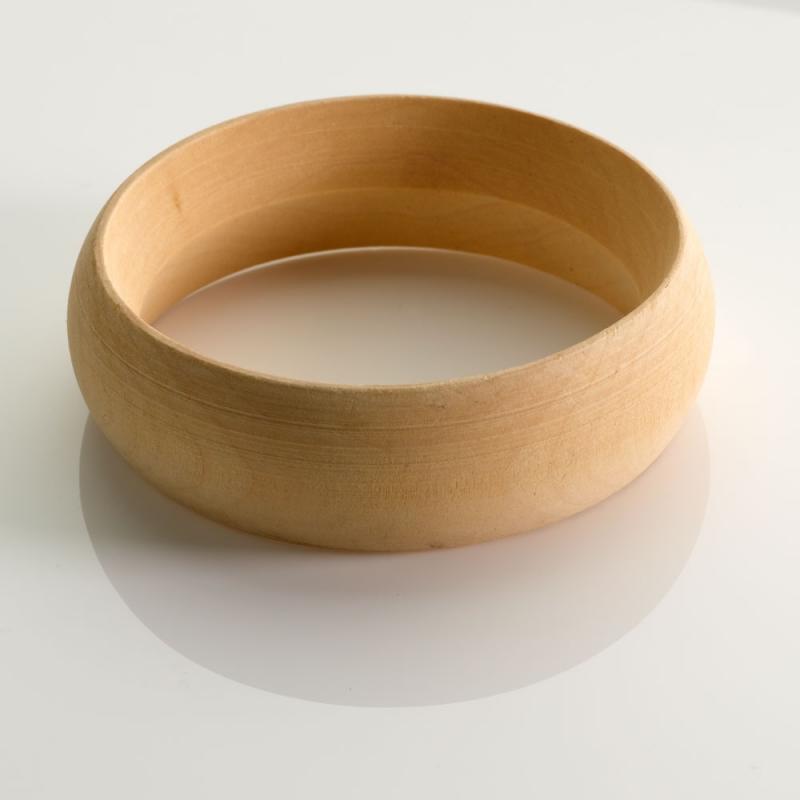No, but it is not really spherical any longer, is it?
Exactly - but, as I said, that's essentially what you'd get if you drilled a hole (which ended up) 10cm long though a 40cm sphere (and, don't forget, BAS's question said nothing about the diameter of the sphere).
I suppose I have to say the hole is 10mm. long but everything can be taken to the extreme to render an answer wrong and pointless.
But it's not 'extreme' - the whole point of the mathematical puzzle is that the answer remains the same for
any combination of sphere size and hole diameter which resullt in a cylindrical hole of length 10cm.
A 10mm. drill in a 10cm. diameter sphere original question would leave nothing. No sphere, no hole.
That's very true, but nothing to do with the puzzle/problem - which requires that the hole be 10cm long. If you had a 10mm diameter drill, that would mean that the sphere would have to be a lot bigger than 10cm diameter for the hole length to end up as 10cm (can't be bothered to work out the exact sphere diameter

).
I still maintain that Bas' question was a puzzle or catch question with very little or no mathematics needed to arrive at an answer.
Well, only BAS can answer as to his intent, but if what you say were true (and I very much doubt it is), then he was talking about something totally different from the "hole through a sphere" mathematical problem/puzzle which has been around for best part of a century.
I had originally thought the answer to "what is the volume of the original sphere remaining?" may have been 'the same' or '100%' but because he said "what is the volume?" I thought an actual value was required.
Yes, but, using a 'sensible' (IMO) definition of 'the length of the hole' the answer you gave would only be correct if the drill/hole diameter was zero. I find it a little frustrating that you got the right answer on the basis of a major misinterpretation of the question (as I believe it was intended)!
Kind Regards, John



